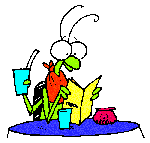|
There are around 2000 edible insect species recorded around the world.
In Indonesia, the Asmat people, who live in the worldís largest swamp, consume a lot of sago grubs, which is a beetle larvae harvested from sago trees.
In Australia, a lot of digging is done for witchity grubs and honey ants.
The Zambian people like their insects roasted or pan-fried, and served with a side of nshima, which is a boiled cornmeal staple. Out of respect
to taboos, beliefs and customs, the Zambian people stick to only green grasshoppers and a moderate consumption of inswa, which are flying ants.
They also enjoy their masa(bee larvae), chenje(cicadas), matondo(caterpillars), and mafulufute(large flying insects). They steer clear of vidoyo,
which is what they call inedible insects. In Zambia, most edible insects are known by many regional names.
|
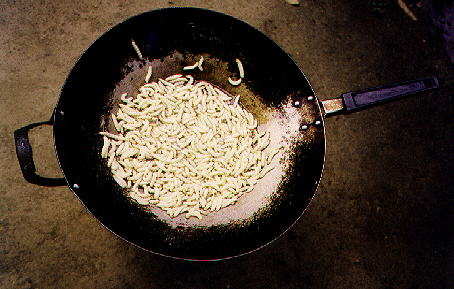
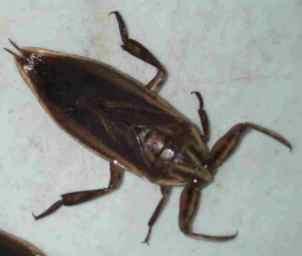
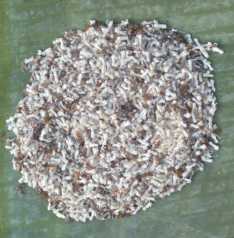
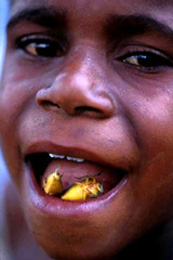
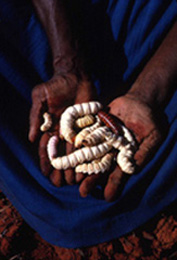
|
|
In Northern Thailand, insects are considered delicacies. Itís hard to find a species of insect that isnít consumed by the local people.
The Thai people like their locusts, cicadas, mantises, crickets, grasshoppers, and bamboobores deep-fried, their giant water bugs steamed, and
their weaver ants and ant eggs mixed with chili and served as a dip for sticky rice. They also canít resist those barbecued larvae!
|
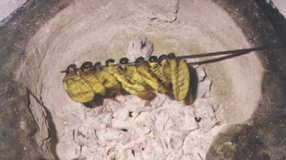
|
